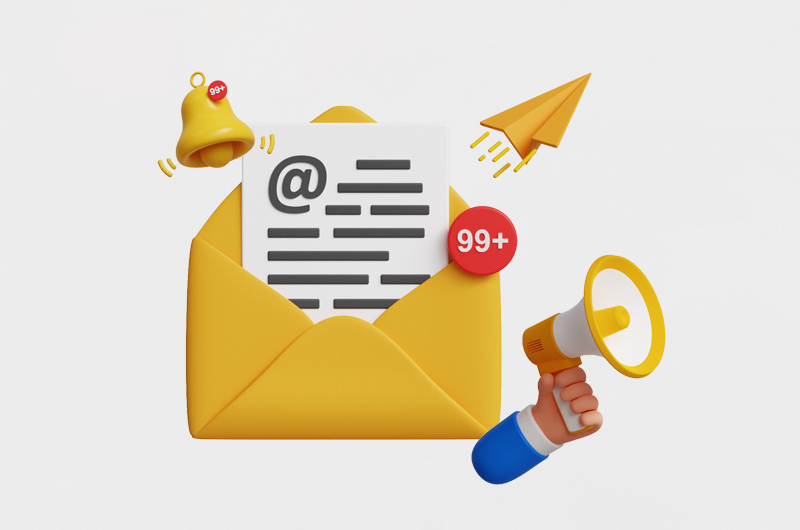Want to save time? Want more time to analyze data instead of clean it up? Cue the snake oil salesman: “Well then have I got news for you!”
Digital analysts know the power data wields when used correctly. As a result, inaccurate data is a significant problem for analysts and the decision-makers working off their reports.
You worry your data might not be correct. What’s the solution for your plight? Three words: tag auditing tools.
Tag auditing tools (or just tag audit tools) are solutions to help companies govern the analytics and marketing tags within their analytics and marketing implementation.
Take 5 minutes to learn more about how a tag auditing tool works and the benefits of using one.
How Do Tag Audit Tools Work?
Executive Explanation
Tag audit tools crawl your website in search of any third-party tracking technologies. The goal of doing so is to ensure tags are present and functioning when and where they should be.
For example: An analytics tracking code, from a vendor like Adobe Analytics or Google Analytics, should be installed once on every page of your site to accurately measure site traffic. But you don’t have time to check every single page. A tag auditing tool automates that process, helping you to audit thousands of pages much more efficiently than anyone could manually.
Technical Explanation
To be more technically specific, tag audit tools navigate to pages on your site through link crawling beginning with a page you define. As the tool navigates to each page, the tool also records network requests sent to recognized vendors, and then parses out the URL request into its component elements. For example, the tool will take the following request:
https://observepoint.d1.sc.omtrdc.net/b/ss/op-education/1/JS-1.6.1‑D7QN/s31154701141301?AQB=1&ndh=1&pf=1&t=17%2F9%2F2017%2010%3A3%3A39%202%20360&D=D%3D&fid=1E3F3DE95173AB93‑12A14AE8BD2930B5&ce=UTF‑8&cdp=2&fpCookieDomainPeriods=2&g=http%3A%2F%2Fjpstyle.us%2Fproducts%3Fsort%3Dtitle_field%26order%3Dasc&cc=USD&v0=BOGO&c9=http%3A%2F%2Fjpstyle.us%2Fproducts%3Fsort%3Dtitle_field%26order%3Dasc&v9=http%3A%2F%2Fjpstyle.us%2Fproducts%3Fsort%3Dtitle_field%26order%3Dasc&c10=Training%20Sandbox…
break it up into its component parts, lump this request in with similar requests and create aggregate reports of which tags were found where.
How is this helpful? Well, by breaking up requests into component parts, data stakeholders can easily peruse these report to verify tags meet their business requirements. That way you can answer questions like, ”Are we capturing the right variables for this category of page?” If not, you can grab the URL of the page from the report and address the problem.
Beyond just generating a report of variables, tag audit controllers can define rules that automatically test variables are populating as expected. So if anything is ever amiss, the tag audit controller receives an alert in her inbox.
Who Uses Tag Auditing Tools?
Multiple teams can use tag auditing solutions to test tags in various environments—from early dev to staging. The most common use is among analytics teams, which are growing into their own teams responsible for tag development, testing, deployment and reporting.
But other teams can use a tag auditing tool as well. Data governance, quality assurance, analytics, IT and engineering teams alike focus their attention on core technologies of a site’s most valuable pages.
Regarding audit frequency, teams will usually crawl their website daily, weekly, monthly or quarterly, depending on the use case.
What Are the Benefits of Tag Auditing Tools?
Some of the benefits of tag auditing tools include:
- Scalable tag governance
- Greater value on technology investments
- More efficient analytics testing
- Increased data protection
- Compliance with privacy regulations (like GDPR)
- Increased confidence in data
With the amount of customizability of enterprise-grade tools, there will be company-specific benefits as well.
Tag Auditing Tools and Tag Governance
Accurate data holds a special place in the hearts of decision makers. Dependable data collection is the product of diligent tag governance, verifying that tags are properly capturing and storing data.
As such, tag auditing is an essential component of an overarching tag governance program. By using a tag audit tool, enterprises can ensure their web and app tech is functioning properly, providing accurate data.
But know this: Tag auditing cannot be a sideline process in a company’s organization. Companies need to invest enterprise-grade resources—particularly in training and personnel. For example, having a dedicated tag audit controller to oversee the application of a tag auditing tool will make a crucial difference.
Why invest so much in a tag audit tool? Because bad data leads to much worse consequences than asterisks on reports—bad data leads to bad business decisions.
To see how a tag auditing tool works, sign up for demo from ObservePoint.





